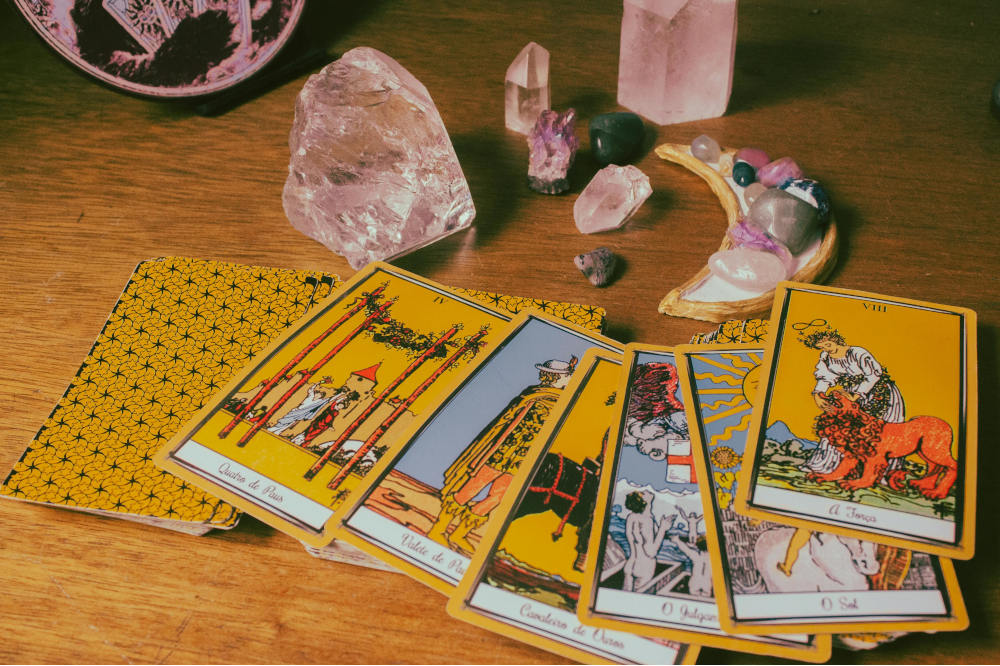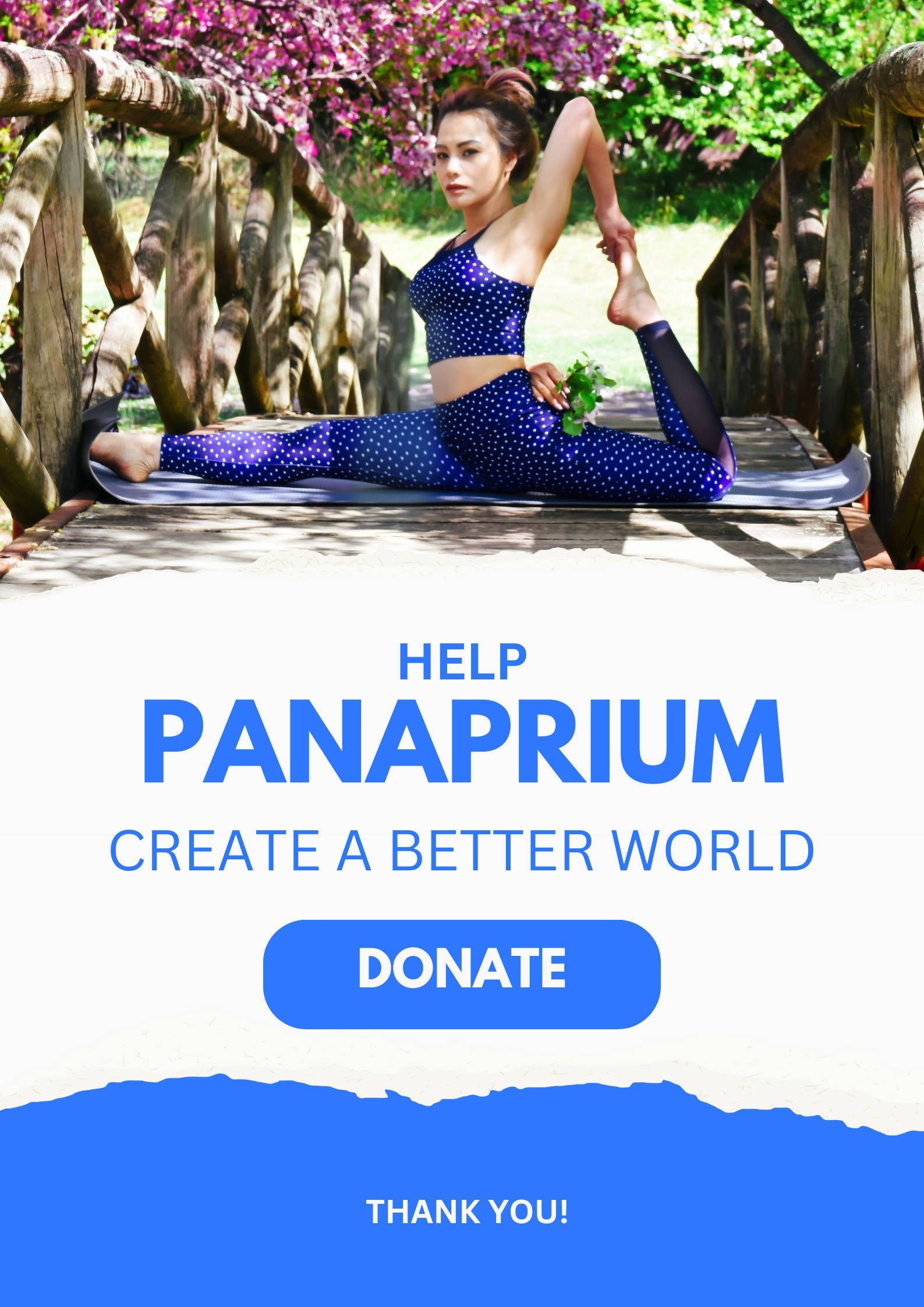
Tarot and oracle cards are powerful tools for gaining insight, clarity, and spiritual guidance. While they are often used separately, many people wonder: Can you use tarot and oracle cards together in a reading? The answer is yes—and doing so can actually enhance your readings in meaningful ways. This article explores how tarot and oracle cards differ, how they can complement each other, and tips for using them together effectively.
Panaprium is independent and reader supported. If you buy something through our link, we may earn a commission. If you can, please support us on a monthly basis. It takes less than a minute to set up, and you will be making a big impact every single month. Thank you!
What Are Tarot Cards?
Tarot cards are a structured form of divination with a rich history dating back to the 15th century. A traditional tarot deck contains 78 cards, divided into two main parts:
-
The Major Arcana (22 cards): These represent major life themes and spiritual lessons. Examples include The Fool, The Lovers, and Death.
-
The Minor Arcana (56 cards): These are divided into four suits (Cups, Pentacles, Swords, and Wands), each with cards numbered Ace through 10 and four court cards (Page, Knight, Queen, King). These tend to focus on everyday events and experiences.
Each tarot card carries specific meanings, both upright and reversed, and follows a symbolic system, often based on numerology, astrology, and the Kabbalah.
What Are Oracle Cards?
Oracle cards are more free-form and do not follow a fixed structure. An oracle deck can have any number of cards, and the themes can vary widely—angels, animals, affirmations, chakras, moon phases, and more. Because they aren’t bound by a traditional system, oracle cards often use direct messages or imagery to evoke intuition and emotional insight.
Some popular oracle decks include:
-
The Energy Oracle
-
Work Your Light Oracle
-
Moonology Oracle Cards
-
Angels and Ancestors Oracle
Oracle cards are often more gentle, direct, and affirming than tarot. They're great for beginners or for adding spiritual context to a reading.
Key Differences Between Tarot and Oracle Cards
| Feature | Tarot Cards | Oracle Cards |
|---|---|---|
| Structure | Fixed (78 cards, suits, Major/Minor Arcana) | Flexible (varies by deck) |
| Reading Style | Analytical, symbolic | Intuitive, emotional |
| Learning Curve | Higher (requires study and practice) | Lower (more accessible) |
| Use Case | Detailed readings, layered insight | Big-picture themes, supportive messages |
| Consistency | Universal across all tarot decks | Unique to each oracle deck |
These differences can be strengths when used together.
Why Use Tarot and Oracle Cards Together?
Combining tarot and oracle cards in a reading gives you the best of both worlds—the depth and precision of tarot with the intuitive clarity and emotional support of oracle cards. Together, they create a more holistic view of the situation.
Here are some benefits of using both:
1. Clarifying Messages
Oracle cards can help clarify a tarot reading. For example, if a tarot reading reveals The Tower (representing sudden change or chaos), an oracle card might offer advice or reassurance about how to move through it.
2. Enhancing Intuition
Oracle cards can open your intuitive channels before diving into the more structured symbolism of tarot. Pulling an oracle card first can help you tune in to the overall energy of the session.
3. Adding Emotional or Spiritual Context
Tarot can be precise and even blunt. Oracle cards can soften the message or provide spiritual encouragement. For instance, pairing a tough tarot card with a comforting oracle message can help you see the silver lining.
4. Creating Narrative Flow
Using both types of cards can add layers to your reading, helping to create a story. Tarot may show the "what" and the "how," while oracle can reveal the "why" or the soul lesson.
When to Use Tarot and Oracle Cards Together
You can combine tarot and oracle cards in many different situations, such as:
-
Daily guidance: Pull a tarot card for the day's challenge and an oracle card for encouragement or advice.
-
Personal growth readings: Use tarot to explore personal blocks and oracle cards to suggest healing actions or spiritual lessons.
-
Client readings: Oracle cards can help end the session with a positive takeaway or theme after a deep tarot reading.
-
New/full moon rituals: Use tarot for intentions or insights and oracle for guidance from the divine or nature.
How to Combine Tarot and Oracle Cards in a Reading
There’s no right or wrong way, but here are a few tried-and-true methods to start with:
1. Oracle First, Then Tarot
Begin with an oracle card to set the tone or theme. Follow with tarot cards for more detail.
Example: Pull a "Transformation" oracle card, then draw tarot cards to understand what is changing and how to navigate it.
2. Tarot First, Then Oracle
Use tarot to explore the situation and then draw an oracle card to provide final guidance or emotional/spiritual insight.
Example: After a complex tarot spread, draw an oracle card asking, “What’s the lesson here?” or “What energy should I embody?”
3. Blended Spread
Design a spread that includes both tarot and oracle positions.
Example 3-card hybrid spread:
-
Card 1 (Tarot): What’s happening?
-
Card 2 (Tarot): What action should I take?
-
Card 3 (Oracle): What’s the spiritual message?
4. One-for-One Pairing
Pull one oracle card for each tarot card drawn. This works well when you want every message to be emotionally grounded or spiritually framed.
Choosing the Right Decks to Work Together
Not all decks pair well, so choose tarot and oracle decks that complement each other in theme, tone, or imagery. For example:
-
A dark, shadow-themed tarot deck might pair well with an empowering oracle deck that offers healing advice.
-
A whimsical tarot deck could work with a nature-based oracle deck to keep the energy playful and intuitive.
It’s also important that you personally resonate with both decks. The connection you feel influences your intuition and clarity.
Tips for Reading Tarot and Oracle Cards Together
-
Cleanse both decks before starting. Use sage, crystals, or intention-setting to keep the energy clear.
-
Ask focused questions. Be specific, especially when combining decks, so the messages stay relevant.
-
Trust your intuition. Even if a card doesn’t seem to “fit,” give yourself time to reflect on its message.
-
Journal your readings. Writing down both tarot and oracle messages helps you see patterns and track your intuitive growth.
-
Don’t overcomplicate it. Keep it simple when you’re starting out—just one tarot and one oracle card can be deeply insightful.
Common Misconceptions
"It’s not traditional to mix decks."
While some purists prefer sticking to tarot alone, divination is a personal and spiritual practice. There are no universal rules—only what works for you.
"The messages will conflict."
If tarot and oracle cards seem to contradict each other, look deeper. They might be addressing different layers—practical vs. emotional, or current vs. long-term.
"I have to be an expert."
You don’t need to be a tarot master to start using oracle cards—or vice versa. In fact, using both can make your learning process more intuitive and enjoyable.
Final Thoughts
Yes, you can absolutely use tarot and oracle cards together—and many readers find that doing so offers a richer, more complete experience. Tarot offers structure and depth, while oracle cards bring clarity, affirmation, and intuitive flow.
Whether you're doing a daily draw, a deep dive into a personal issue, or a professional reading, combining these two tools can help you connect more deeply with yourself, your intuition, and the divine guidance that’s always available.
Key Takeaways:
-
Tarot is structured; oracle is flexible.
-
Combining them creates layered, intuitive readings.
-
Use them together by pulling in sequence, pairing cards, or blending spreads.
-
Choose decks that resonate and complement each other.
-
Trust your intuition and let your reading style evolve naturally.
In the end, it’s your practice—and the most powerful readings come when you follow your inner guidance.
Was this article helpful to you? Please tell us what you liked or didn't like in the comments below.
About the Author: Alex Assoune
What We're Up Against
Multinational corporations overproducing cheap products in the poorest countries.
Huge factories with sweatshop-like conditions underpaying workers.
Media conglomerates promoting unethical, unsustainable products.
Bad actors encouraging overconsumption through oblivious behavior.
- - - -
Thankfully, we've got our supporters, including you.
Panaprium is funded by readers like you who want to join us in our mission to make the world entirely sustainable.
If you can, please support us on a monthly basis. It takes less than a minute to set up, and you will be making a big impact every single month. Thank you.































0 comments